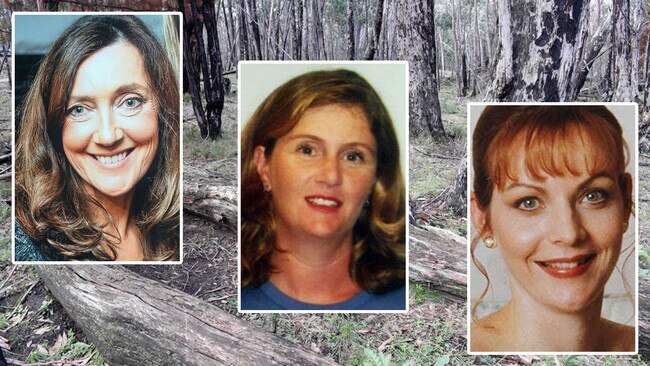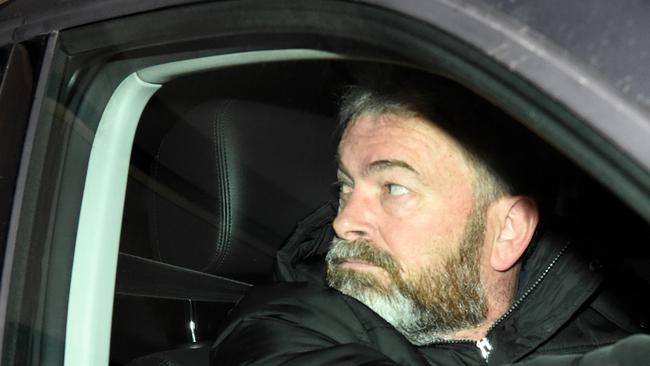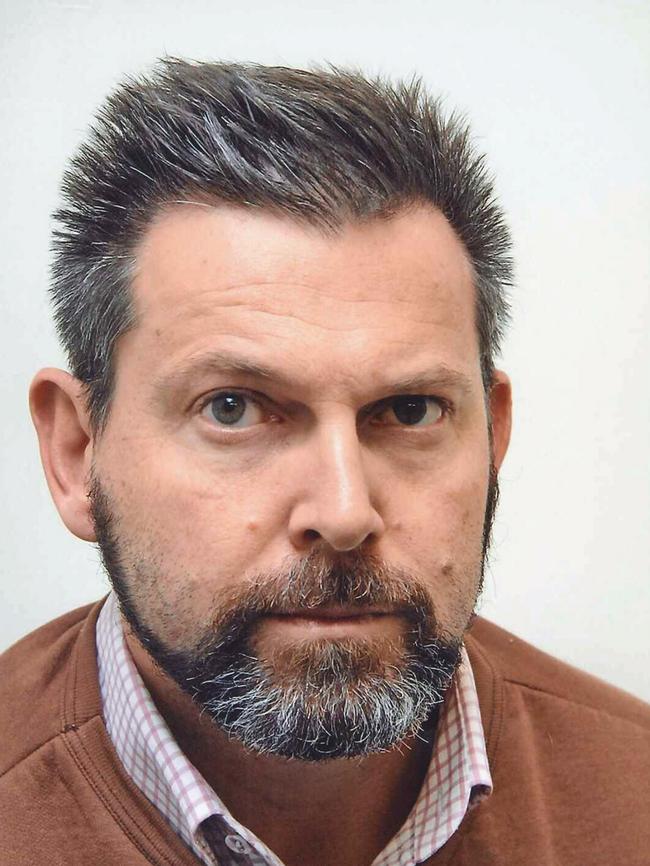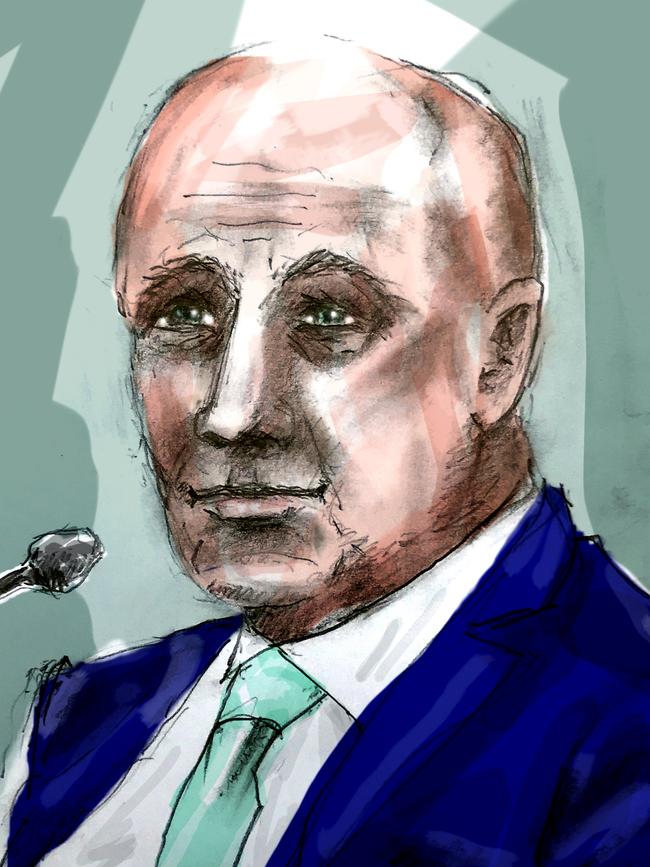
OPINION
There’s something fundamentally wrong when Borce Ristevski can kill his wife, hide her body, construct a ridiculous tower of lies and prosecutors can’t, or won’t, take him to trial for murder.
Ristevski had always denied killing his wife of 27 years, Karen, after she went missing from Melbourne’s northern suburbs on June 29, 2016. He said she went for a walk to clear her head after an argument and never returned.
He joined their daughter, Sarah, in making a public appeal.
Later, a reporter asked the tough question, “Did you kill your wife”. Ristevski fled the gaze of the TV cameras.
After her body was eventually found, he would be a tearful pallbearer at her funeral. Sound familiar? It should, it’s a dime a dozen kind of tale.
No two crimes are exactly the same but there are clear similarities between Ristevski and convicted murderer Gerard Baden-Clay. Gerard dumped his wife Allison’s body on a muddy creek bank in April 2012. He told police that he went to bed she was watching the Footy Show when, and must have gone for a walk.
In Gerard’s one brief public statement, when a TV reporter caught him at the front of his parents’ home, he’d said, “We really hope that she will come home soon”.
Then he made his excuses and resumed his public silence. It had all the sincerity of his text message to his wife the day she vanished: “Good morning! Hope you slept well? Where are you? None of the girls are up yet! Love G.”
By the time Allison was found, 10 days later under a bridge 14 kilometres from home, no-one could say how she died.

The prosecution said it was most likely by smothering, and I agree. There was no history of violence, but Gerard had been in a long-running affair and there had been financial difficulties.
Karen Ristevski’s body was found at Mount Macedon, eight months after she vanished. In a committal hearing last year, Professor Stephen Cordner said she had a break in her hyoid bone in the neck, commonly associated with strangulation.
But Cordner said there was evidence animals interfered with the remains, and could not say how the break occurred. It was difficult to say if fractures were caused before or after death. An autopsy could not establish a cause of death.
Back in Queensland, Edmund Ian Riggs was last month convicted by a jury of manslaughter rather than murder, despite burying his wife Patricia’s body in bushland, then digging it up and reburying it in their backyard.
For 15 years, he told their four children their mother walked out after an argument. When her skeletal remains were unearthed in 2016, no cause of death could be established and Riggs argued it was an accident — he simply panicked and hid her body.
What’s the unfortunate message these cases broadcast? The best option if you kill your partner, perhaps in a fit of rage, is to dump the body and let time and nature erase the evidence.
At present, there seems little downside to disposing of a body in domestic homicides. Surely, it’s logical there should be?
If you are responsible for someone’s death and you hide or otherwise dispose of the body, perhaps this act of interfering with the corpse should automatically elevate the crime to murder. It’s high time for an informed public debate on this issue.


In Victoria, police had what has been described as a compelling case against Ristevski. This included CCTV footage of a car, allegedly showing him driving his wife’s Mercedes to dump her body. Her phone was tracked to a location not far from where her remains were found.
Ristevski’s phone was switched off and he initially said he had worked from home that day. He changed his story to claim he took his wife’s car for a drive because it had a faulty fuel gauge, which he said corrected itself when he hit a bump in the road.
Owing more than $1 million on their home, in personal loans and on their credit cards, and with their business struggling, they had been under financial strain for some time. Their daughter said they’d argue about money every few weeks or so. There was no known history of violence, apart from evidence Ristevski at one point said that if his wife was in his face, he would push her away.
His defence had argued — without admitting he had any involvement — that there was no evidence of intent to kill, an essential element of the charge. Yesterday, the defence had a win. On the eve of the murder trial, Supreme Court judge Christopher Beale ruled that Ristevski’s actions after his wife went missing could be used as evidence he killed her, but “cannot be relied on to prove murderous intent”.
The state’s chief prosecutor, Brendan Kissane QC, asked for time. After discussions outside court, the murder charge was withdrawn and Ristevski pleaded guilty to the lesser offence of manslaughter. He faces a maximum 20 years’ imprisonment.
There are suggestions there was a glaring weakness in the case, in that police were unable to establish a motive.
But when it comes to killings in relationships, is it necessary for there to be a huge financial windfall or an illicit affair in the background? Can it not simply be that someone snaps under strain? Intent can be formed in an instant. In a heated argument, a stinging rebuke can be the final straw — all it takes to trigger fatal violence.
Many factors will have been taken into account by prosecutors, and a deal will not have been done lightly. Family members are said to be overwhelmingly relieved.
Ristevski’s guilty plea to manslaughter spares them the trauma of a trial, where their lives would have been dissected in public. Victoria Police Chief Commissioner Graham Ashton said investigators too would be “relieved in a way” and that he was not disappointed. But can we really say this is a just result for Karen Ristevski? It’s certainly arguable a jury should have been able to look at all the evidence to decide if it was murder, manslaughter, or warranted an acquittal.





To join the conversation, please log in. Don't have an account? Register
Join the conversation, you are commenting as Logout